By BRIAN BRENNAN  Photography by JOHN JACKSON
Photography by JOHN JACKSON  Artwork by ERIC BROCKMEYER DESIGN
Artwork by ERIC BROCKMEYER DESIGN

he Fairlane has a long history at Ford. Beginning back in 1955, by its fourth generation (1962-65) it had begun to settle into its calling. It was Ford’s new intermediate-size passenger car. But there were more exciting times on the horizon. It was also ideally placed to compete against GM’s A-body and the Plymouth Belvedere. And when we say compete, we mean “compete” at the dragstrip where “win on Sunday and sell on Monday” was taken to heart. Displayed before you is Gary Brown’s ’63 Ford Fairlane built at Alloway’s Hot Rod Shop (AHRS). It may not be what one would have found at the dragstrip, then or now, but it most assuredly will hold its own against anything on four rubber tires in these days.
It was late in 1963 that Ford introduced its “revolutionary” 271hp small-block Ford V-8 at 289 ci. It wouldn’t be until 1969 that the Fairlane received the ultimate bump in cubic inches and horsepower in the form of a 428ci V-8 Cobra Jet of a Super Cobra Jet.
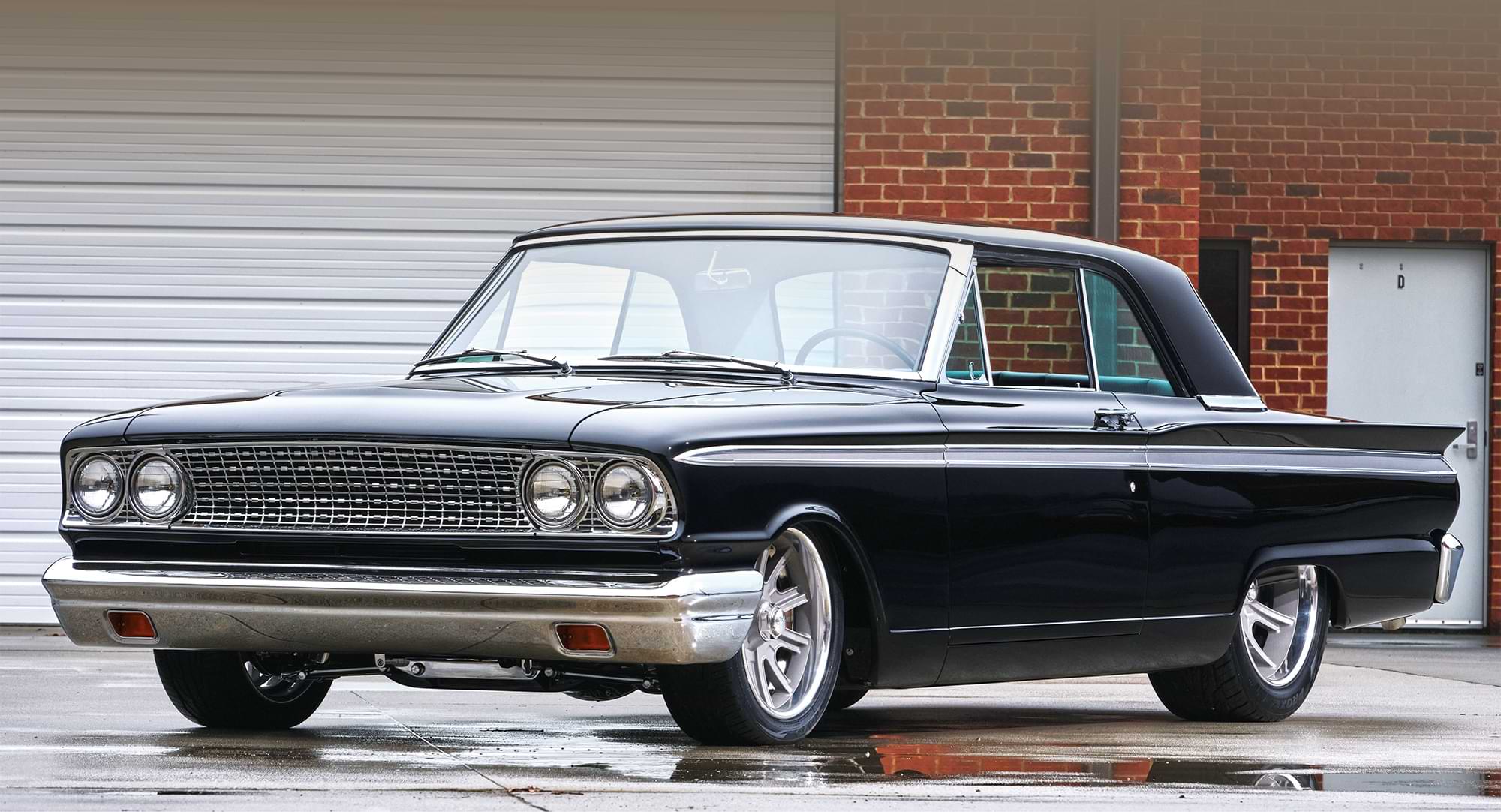
Come 1963, the Fairlane Sport Coupe models came with a center console, which according to records was a holdover from the ’62 Falcons, with subtle changes making it similar to the Galaxie. More ’63 changes saw front end styling, again, like what was happening with the Galaxie. However, the rear sheetmetal/trim retained the small tailfins and the round taillights.
If we look closely at Gary’s ’63 Fairlane we can see that AHRS retained much of the stock sheetmetal appearance. It should be noted that AHRS lengthened these rear wheel openings to fit the massive rubber. Additionally, approximately 4-inch-widened wheeltubs were fabricated and then added to house the wheel-and-tire combo. AHRS’ bodywork tandem of Scotty Troutman and Jeff Plemons handled the sheetmetal prep. From here Plemons pulled the trigger on the spray gun, applying the “Alloway standard,” PPG Deltron NXT 9700 black. (In the world of color not much changes at AHRS. Alloway is fond of saying, “If you find something that works, why change?”)
Slid under the Ford Fairlane body is an Art Morrison Enterprises (AME) custom-made chassis to AHRS specs that features a few tweaks. The 115.5-inch wheelbase is stock, but the front track hub width runs 54 inches (narrower than stock), accommodating the Wilwood 13-inch rotors and six-piston drilled-and-slotted rotors (Forged Narrow Superlite 6R Big Brake Front Brake kit). This allows for a front tire bulge width of 61.25 inches thereby accepting the custom AHRS wheels made by Billet Specialties. They measure 17×7 in front with a 4.5-inch backspace and are wrapped with Toyo Proxes 215/50R17 rubber. The front suspension is based on an AME Sport IFS with Wilwood drop spindles, Detroit Speed rack-and-pinion, Strange coilover shocks, and an AME sway bar.

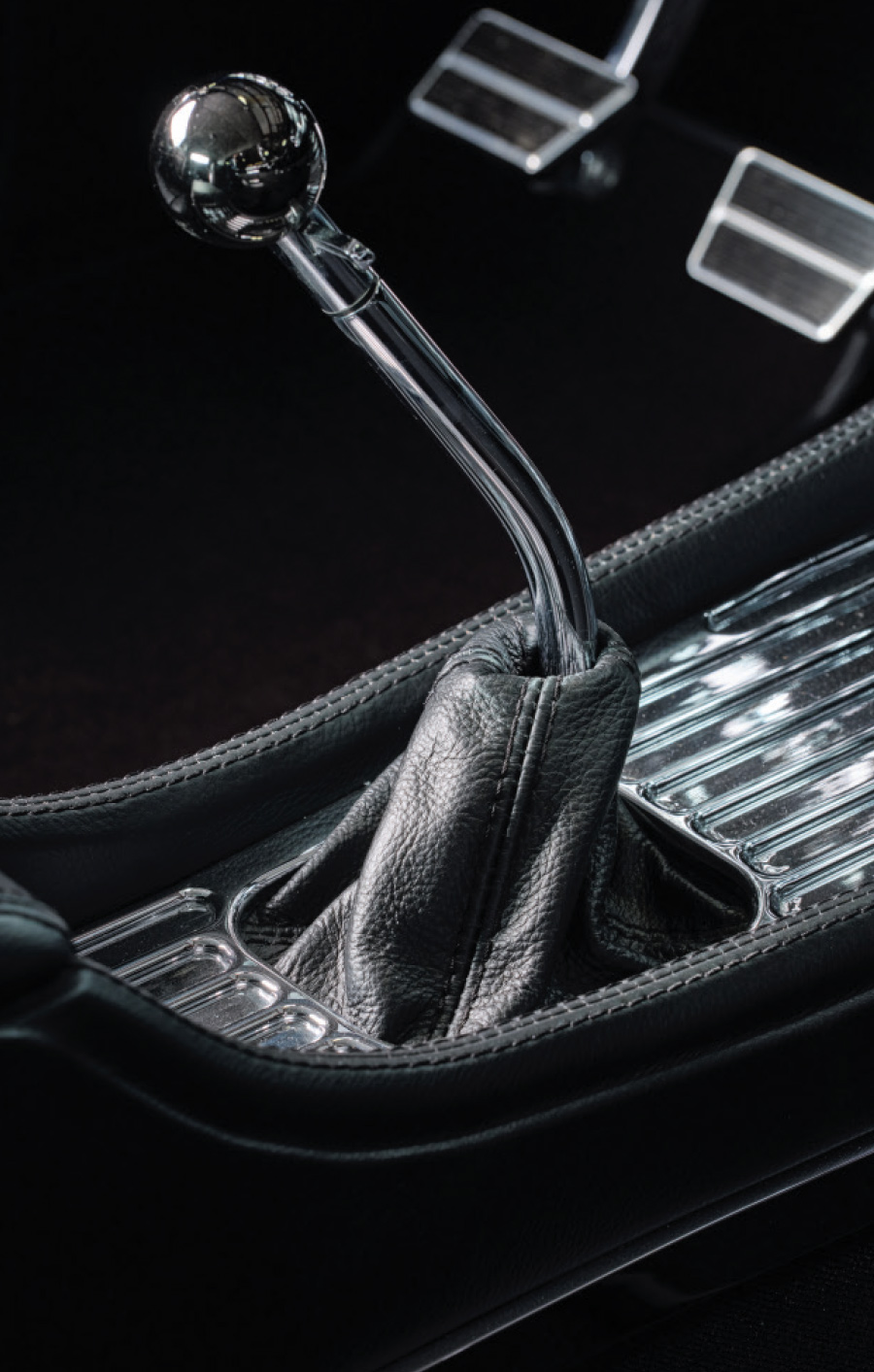
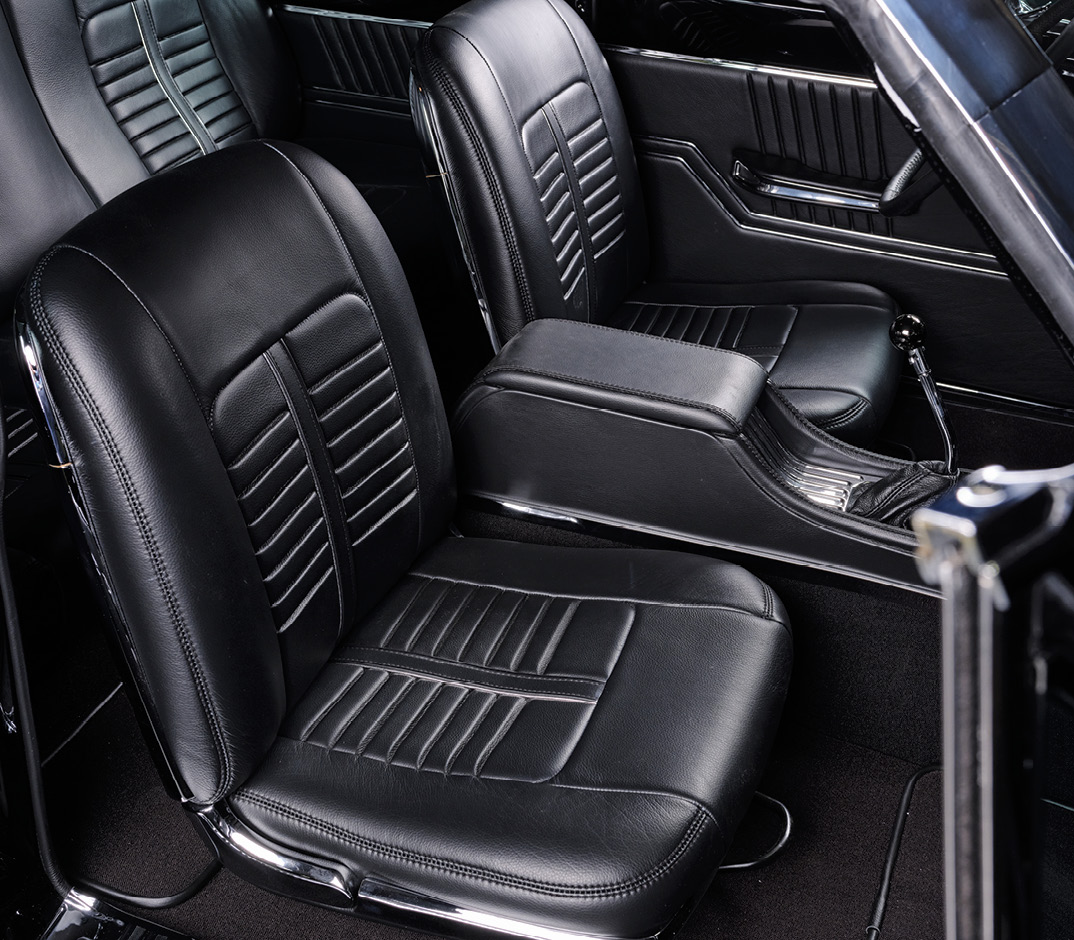


Let’s now peek underhood. We mentioned earlier that the ’63 Fairlane came with all sorts of engine possibilities back in the day. But we are talking about today and the potential for potent V-8s is considerable. Gary and Alloway opted to go for big power but do it with a true iconic Ford powerplant—the Boss 429. In so doing they turned to Jeff Taylor of Jeff Taylor Performance—now that’s hot rod power through and through. We should point out it’s an original Boss 429 externally with some modern internal pieces to enhance power and reliability. When Taylor was finished, the Boss 429 is now a Boss 500 and produces 1,000 hp. Externally Taylor used a Boss 429 iron block, aluminum heads, and intake. Inside there is a modern solid roller cam and 12.0:1 pistons. Using this much compression requires the continual use of race gas. Taylor points out one of the advantages of using race gas is the preservation of carburetor gaskets. When dealing with a motor that spends much of its life “resting” in a garage, today’s gasoline will cause deterioration of carb gaskets whereas the “purity” of race gas is more ideally suited for long storage. There is no mistaking a Boss 429 when looking at the distinctive valve covers, which are in this application’s original factory. The finned air cleaner mounted on top of the pair of Ford four-barrel carbs came from Goddard Industrial. Feeding the race gas to this monster V-8 is a stainless steel Rock Valley tank.
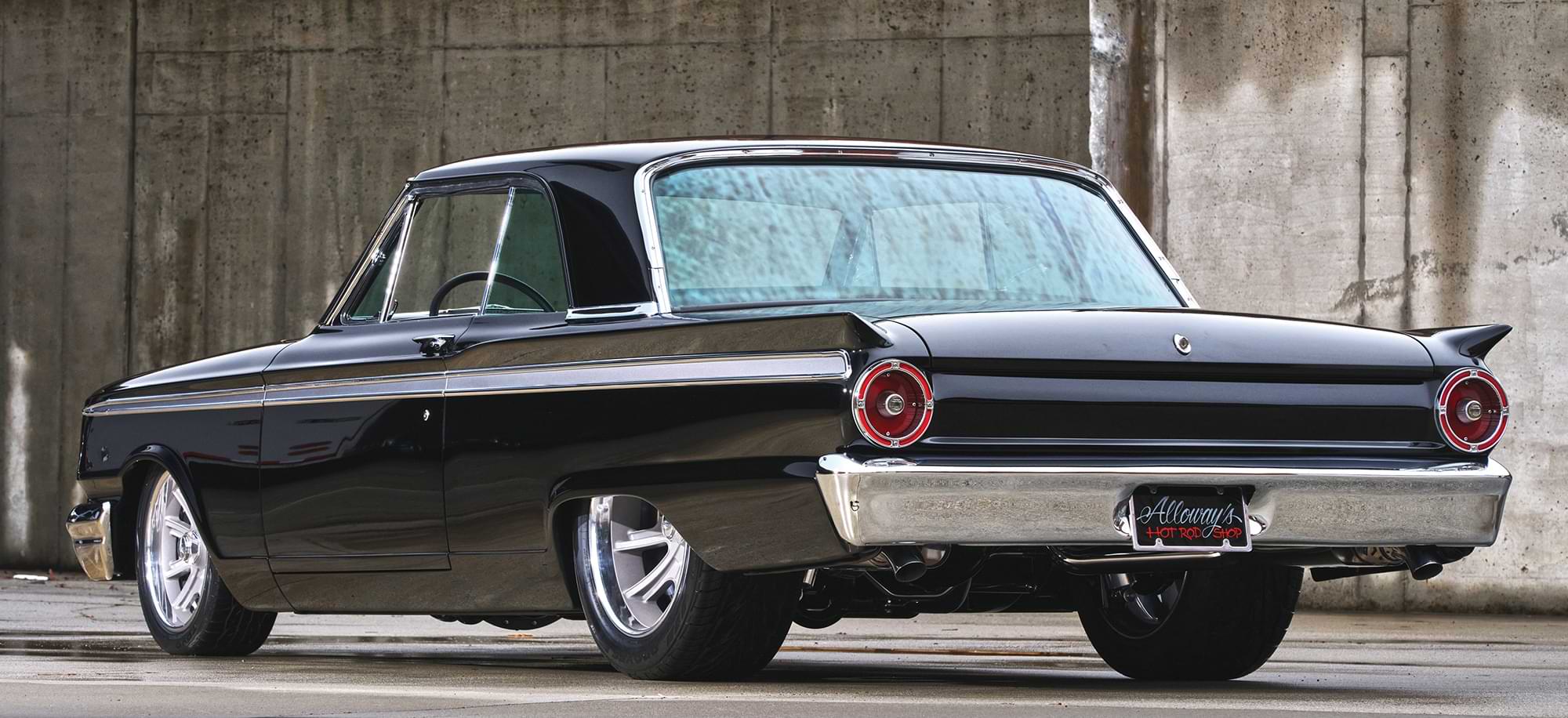
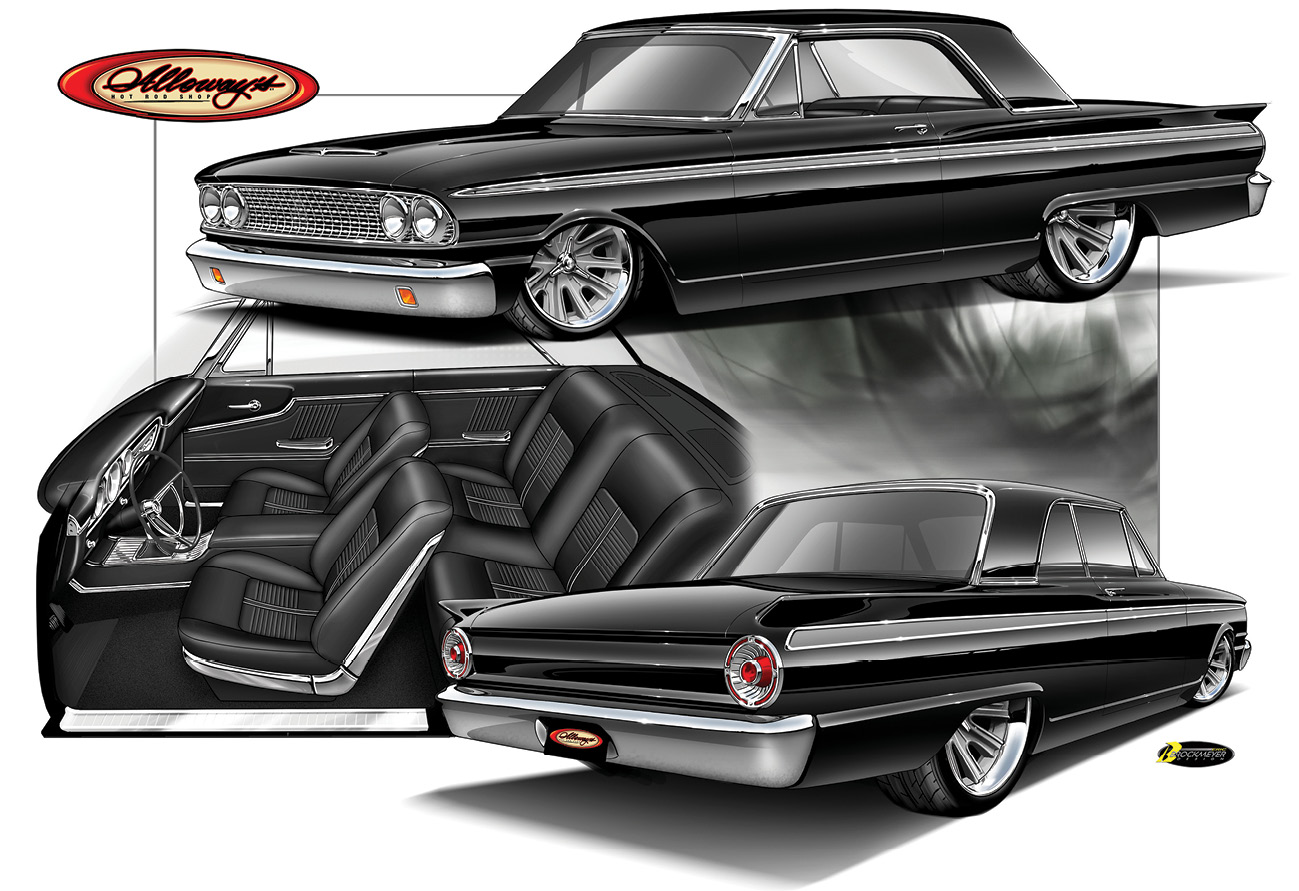
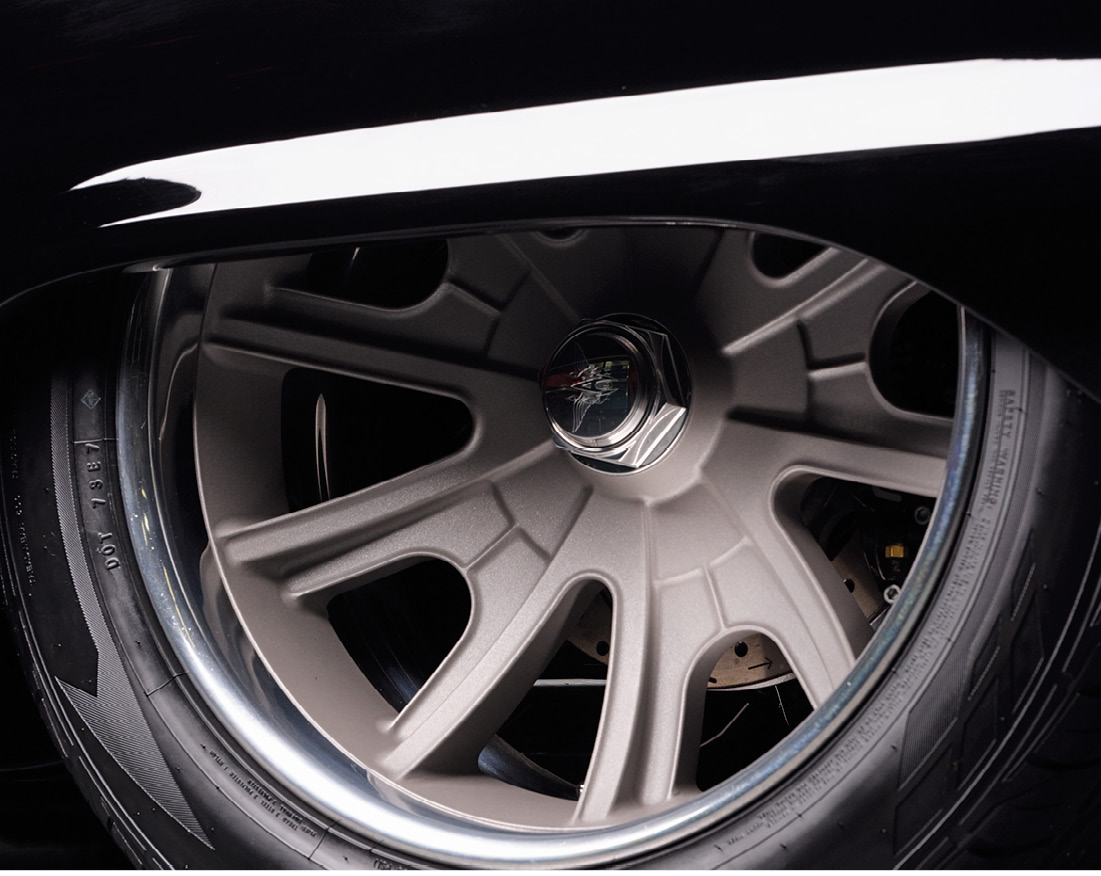
There’s no denying that the Boss 429-powered ’63 Ford Fairlane deserves its Pro’s Pick garnered at Goodguys Columbus. Should you get a chance to see this hot rod make sure to stand back and listen to the oh-so beautiful sound coming from the “underhood stereo.” It truly is worth the effort.